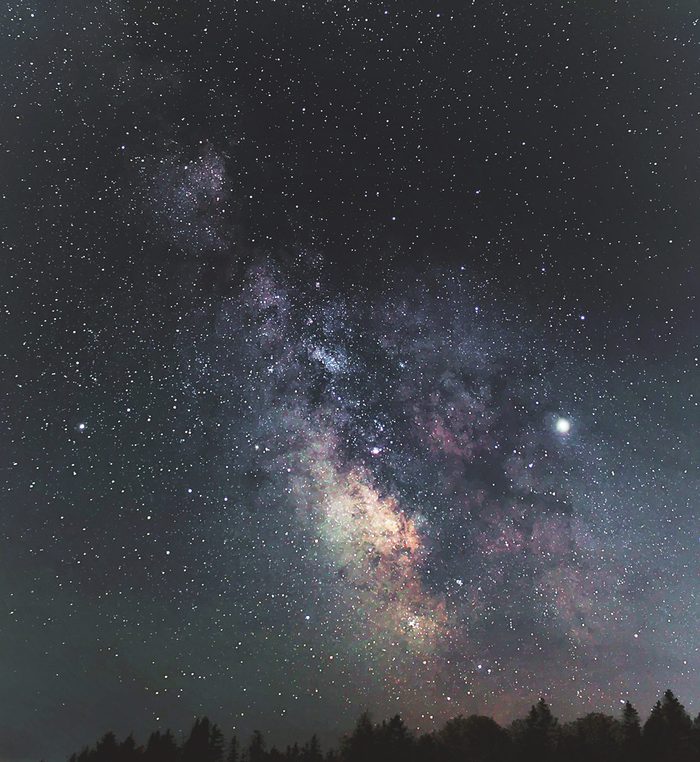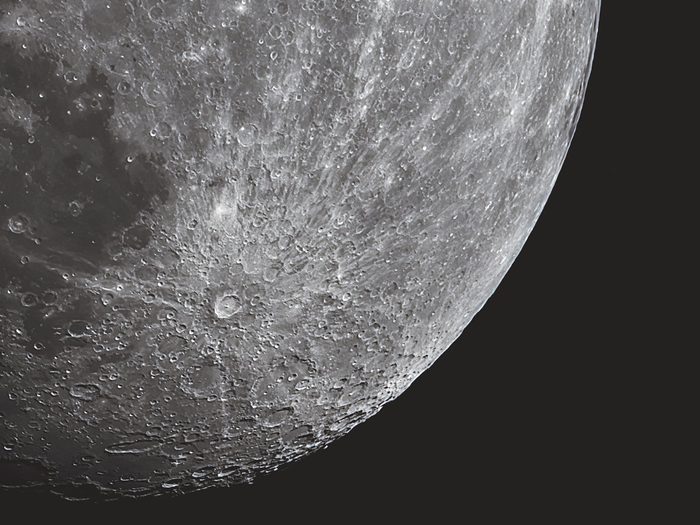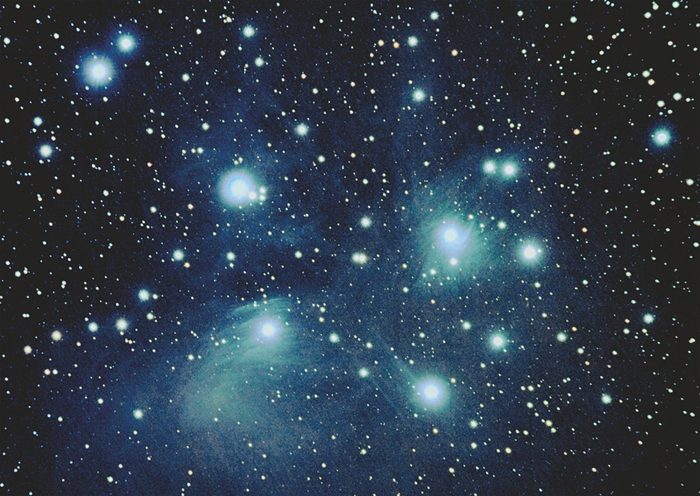
Getting Hooked on Astrophotography
I have always been intrigued by the night sky. As a youth, I would often lie on the lawn in the cool summer darkness and, with an inexpensive pair of binoculars, explore the cosmos. Majestic lunar craters, Jupiter’s Galilean moons, swiftly moving satellites and constellations of twinkling stars fed my insatiable appetite for all things space-related. My early fascination with the night sky has remained with me throughout my adult life.
I grew up on a farm outside of Montreal on the edge of Quebec’s Eastern Townships. At that time, light pollution was not the scourge that it is today. Although light from a nearby town, and Montreal further to the west was visible, it was low on the horizon and did not hide the stars. During a visit to the farm this past summer, however, I was appalled at how the Montreal light dome has expanded, washing out nearly all the stars in the entire western night sky. It is no wonder that many urban dwellers are barely able to make out the brighter stars and planets, let alone the constellations, nebulae, galaxies and star clusters that are visible to the human eye from a truly dark site.

Aperture Fever
I now live in Halifax, just outside of the city core. Despite the city lights, the brighter stars that make up major constellations such as Orion the Hunter, as well as the moon and other planets, are clearly visible from my backyard, although dimmer astronomical objects often pose a challenge. Thankfully, a reasonably dark sky is only a short 30-minute drive away while a longer drive to the Annapolis Valley or Kejimkujik National Park, which is an official Dark Sky Preserve, reveals a pristine dark sky and the Milky Way in all its glory.
My life-long interest in astronomy blossomed a few years ago when, with retirement on my mind, I began to look for a fulfilling pastime to take the place of my busy career as a university professor. At the urging of my youngest sister, I purchased my first real telescope—a modest six-inch Dobsonian reflector. My first glimpse through its eyepiece at the distant Andromeda Galaxy rekindled my youthful ambition to explore the universe with my own eyes!
I soon became a victim of “aperture fever,” the well-known affliction that causes amateur astronomers to crave larger and more capable telescopes in order to peer deeper into the night sky and catch more “faint fuzzies,” which are the faint patches of nebulosity created by light from distant galaxies that started its journey to our eyes when dinosaurs roamed the Earth. Eventually, I purchased a gently-used 12-inch Dobsonian telescope—a virtual “light bucket” that allowed me to easily find all 110 Messier objects. Charles Messier was an 18th-century French astronomer who catalogued the brighter galaxies, star clusters and nebulae that frustrated his hunt for new comets.
Don’t miss this gallery of dazzling night sky photography.

Star Party
Nova Scotia has an active community of amateur astronomers, many of whom belong to the Halifax Centre of the Royal Astronomical Society of Canada. Members frequently participate in outreach activities that bring the wonders of the night sky to the public. Seeing the excitement on the face of a child or adult glimpsing the rings of Saturn for the first time is an incredible experience. The highlight of the year is Nova East, an annual star party held at Smileys Provincial Park that attracts stargazers from throughout Atlantic Canada and even the United States. As night falls, campers flock to the observing field to peer through different types and sizes of telescopes and learn about various night sky wonders from talented amateur astronomers. In 2018, Nova East coincided with the Perseid meteor shower, a real treat with its many shooting stars streaking across the heavens.
Astrophotography is a passion that has allowed me to share my enthusiasm for stargazing with friends and family, as well as followers of my Twitter feed. My first astrophotographs were of the Moon and its craters, taken by holding a simple point- and-shoot camera to the telescope’s eyepiece. This led to the purchase of a dedicated CCD camera and tracking mount that allowed me to take pictures of the planets, including majestic Jupiter and stunning Saturn. I soon graduated to imaging distant star clusters, galaxies and nebulae, which required yet another equipment upgrade. During the day, taking all necessary safety precautions, I photograph sunspots, which are areas of reduced temperature on the surface of the sun.
As long as the skies are cloud-free, which is by no means a certainty on Canada’s East Coast, there is always a fascinating target for me to observe and photograph.
Next, find out the best places for stargazing across Canada.